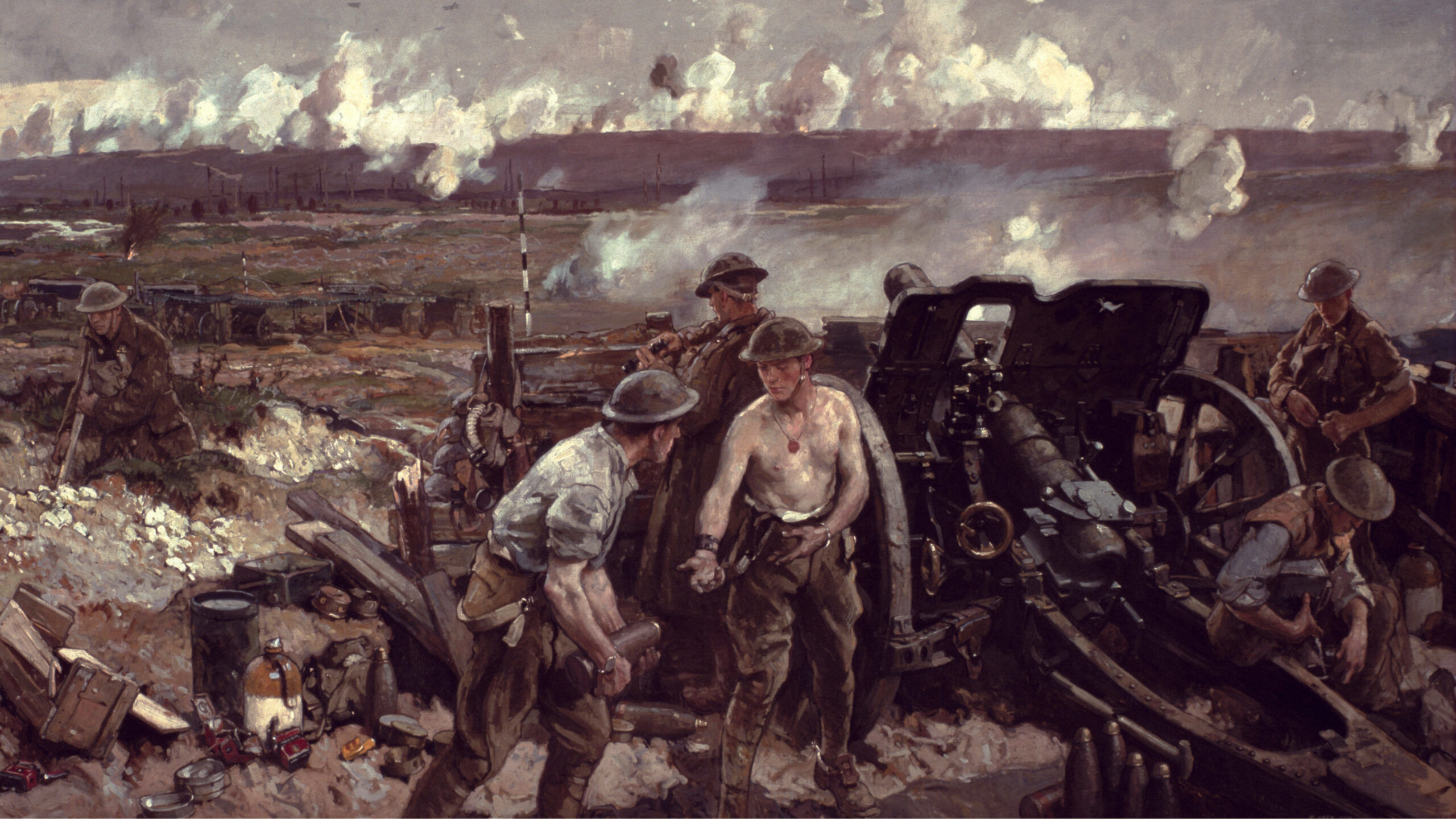The peril posed to the British Isles, and indeed the entire Allied cause, by the Nazi U-boat threat can scarcely be overstated. During the early months of World War II, it quickly became apparent that marauding wolfpacks of enemy submarines could potentially choke off the flow of supplies to Great Britain and eventually starve the island nation into submission.
The early days of the Battle of the Atlantic became a harrowing time for Allied merchant ships
to attempt the hazardous crossing. With the fall of France in the summer of 1940, U-boat bases were established along the coast of France at such port cities as Lorient and St. Nazaire. Previously, the submarines had operated from German waters. Now, their range was greatly extended, and the number of sinkings increased at an alarming rate. From June to September, the U-boats sank more than 200 merchant ships totaling more than a million tons. The submariners would come to refer to this heady period of success as the Happy Time.
When the United States entered World War II, the nation was ill-prepared to defend against U-boats attacking shipping in American territorial waters. During Operation Drumbeat in the early months of 1942, U-boats sank more than 130 ships totaling over 800,000 tons off the east coast of the United States. On several occasions, the brazen submarine commanders sank their prey in broad daylight and in full view of bathers along beaches from Florida to New York. The hunters also used the blazing lights of American cities to guide them.
The convoy system, however inadequate, remained the cornerstone of an effective defense strategy. With the introduction of the aircraft carrier, convoys were now provided much-needed air cover, and the sheer numbers of escort vessels also facilitated the formation of hunter-killer groups. Allied naval craft were actually able to take the offensive in antisubmarine warfare, turning the hunters into the hunted.
One significant technological advance was the introduction of a device that could detect the presence of submerged U-boats and pinpoint their positions. Known as “asdic” to the British and “sonar” to the Americans, the system involved a transmitting and receiving echo device enclosed in the underside of a ship’s hull. During the war, the system was improved steadily, and eventually groups of ships were able to cover large areas of ocean to provide early warning of a U-boat’s approach. Used in tandem with a compass, the system also indicated the location of the enemy vessel.
A high-frequency direction finder system, nicknamed Huff-Duff by British sailors, was deployed both on land and at sea. Huff-Duff exploited a weakness in German U-boat tactics. By detecting short coded messages sent between enemy U-boats and fixing on their positions, Huff-Duff gathered information that could serve to reroute convoys away from concentrating wolfpacks, and send hunter-killer groups or aircraft to attack the unsuspecting enemy.
When a suspicious contact was made, Allied naval vessels not only responded with patterns of depth charges rolled off the stern or fired by a Y-gun affixed to the deck, but also with an ingenious weapons system called Hedgehog. An improvement on the depth charge, Hedgehog involved the firing of 24 bomblets at a distance of up to 250 yards ahead of the ship. The bomblets fell in a wide oval pattern and were equipped with contact fuses. When a hit was scored, it usually meant the end of a U-boat.
In May 1943, losses reached such high levels that Admiral Karl Donitz withdrew his U-boats from the Atlantic temporarily.
By the end of the war, nearly 800 U-boats had been lost, and German submariners had suffered the highest percentage of casualties of any element of Germany’s armed forces. In return, the Allies suffered mightily, losing more than 4,500 merchant vessels totaling 20 million tons of shipping. Victory in the Battle of the Atlantic proved to be essential in the ultimate defeat of Nazi Germany. n
Michael E. Haskew








Join The Conversation
Comments
View All Comments